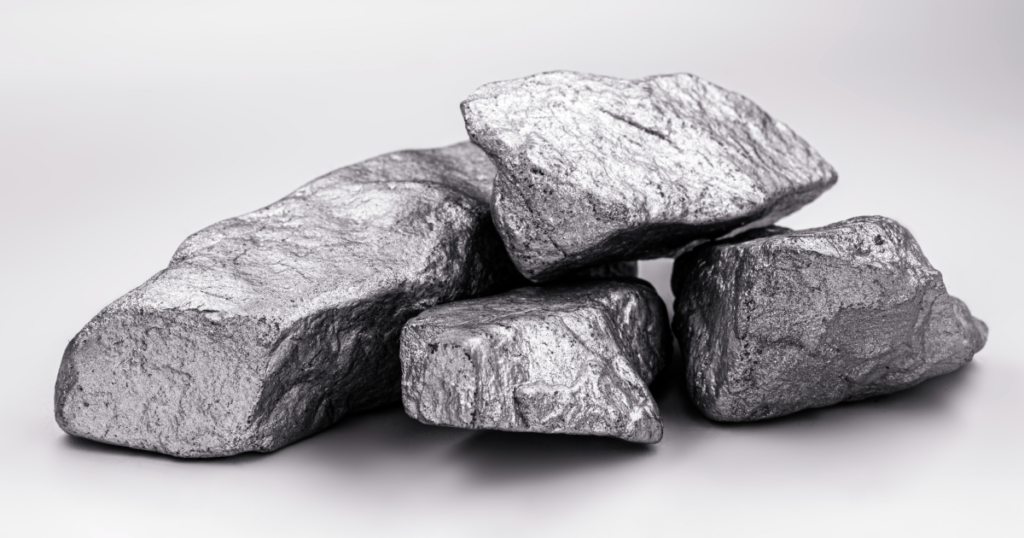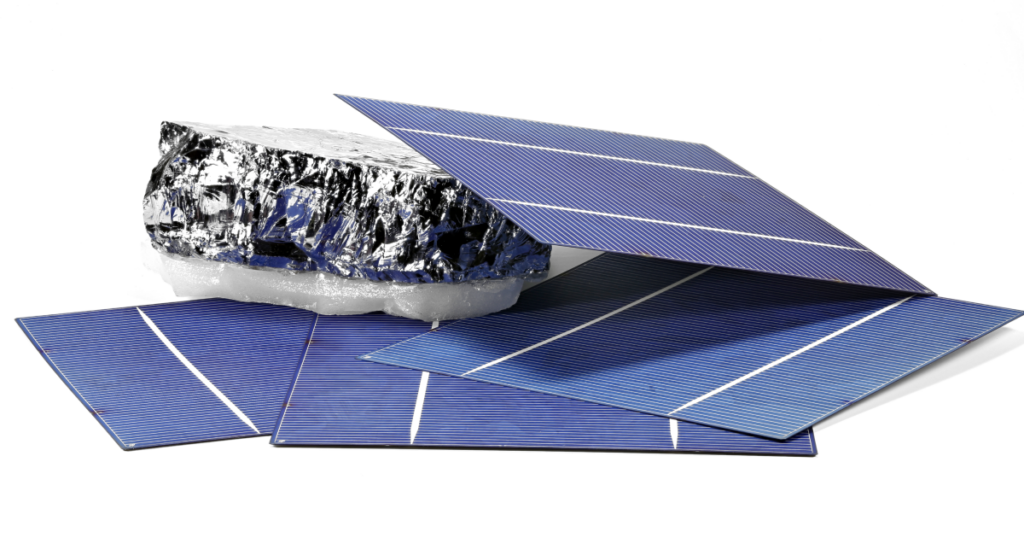Your business likely relies on raw materials experiencing significant price fluctuations or shortages. Many industries are facing challenges with critical commodities due to events such as geopolitical conflicts, ESG legislation, climate-related issues, and stockpiling (which leads to extreme demand shifts).
In this blog, we look at the top high-risk commodities to watch in 2023, including where they come from, what they are used for, and why you should pay attention.
#1 Cobalt

Turbine engines, airbags, dyes and pigments, and magnets are just a few of the diverse products made using cobalt. While cobalt can be used to make many commercial and industrial goods, in the 1990s, demand for cobalt shifted towards one product: batteries. Now, the leading use of cobalt is rechargeable battery electrodes. Due to electric vehicle (EV) production, demand for cobalt is expected to increase 293% by 2025.
Presently, The Democratic Republic of Congo (DRC) is the top producer of cobalt—making 71% of the world’s supply. Mines are often run by freelance “artisanal” workers who work in slave-like conditions. According to Siddharth Kara, a researcher of modern-day slavery, “Industrial mines, almost all of them, have artisanal miners working, digging in and around them, feeding cobalt into the formal supply chain.”
Companies that use cobalt are pushing for changes. In February of this year, Microsoft called for a “coalition” to improve DRC’s mining conditions. And in 2021, Apple reported that 13% of cobalt shipped in its products came from recycling. Despite a desire for change, mining in DRC continues. Will there be replacements for cobalt? Some Chinese battery producers are turning to cheaper alternatives, such as lithium-ion phosphate (LFP) batteries.
To learn more about the 2023 outlook for cobalt, check out the Resilinc Special Report: The Future of Cobalt Mining: Top Trends and Forced Labor Compliance.
#2 Lithium

Lithium, or lithium carbonate, is also used to make rechargeable batteries. These batteries can be found in pacemakers, smartphones, laptops, watches, and, most notably, electric vehicles. As the U.S. aims to establish domestic lithium-ion battery production, lithium-ion batteries have become a hot topic in America.
According to findings from Li-Bridge (an alliance created by the U.S. Department of Energy), global demand for lithium-ion batteries is expected to increase more than 5X by 2030. This means in order to meet the growing demand, lithium production must increase from 737,000 metric tons to more than 3 million tons by 2030 (Washington Post).
Currently, Chile has the largest reserves of lithium and is the world’s second-largest producer behind Australia; in 2021, Chile produced 25% of the world’s lithium, while Australia produced more than half, 52%. Some sources predict future lithium shortages due to the large quantities of water required for lithium production, which is taxing for areas like South America and Australia that are prone to drought.
Other sources note that there are ample lithium resources; an estimated 8 million tonnes in the world—and that lithium mining practices are becoming increasingly advanced. Time will tell whether or not advances in mining can keep up with the growing demand for lithium.
Read more about domestic U.S. battery production in the blog: Can the US Produce Lithium-Ion Batteries Domestically? Li-Bridge Outlines a Plan.
#3 Polysilicon

Semiconductors and solar cells rely on the quartz-derived material polysilicon. Over 90% of solar panels include “solar wafers” which are made of polysilicon—97% of which are manufactured in China. This is concerning, considering UFLPA, targets polysilicon from the Xinjiang region of China: where approximately 45% of the world’s supply of solar-grade polysilicon comes from.
Since UFLPA was signed into law in July 2022, nearly half of all shipments held by U.S. customs have been categorized as electronics. While U.S. customs does not itemize which goods fall under “electronics,” it is likely the majority of these products have been solar panels. An analysis of this data from Bereuter Research supports this, showing that 2GW of solar PV modules were likely held by U.S. Customs and Border Patrol (CBP) based on price fluctuations seen through 2022.
It’s not just solar panels that have been impacted by UFLPA either. In an interview with Resilinc’s Senior Director of Product and Data, Shahzaib Khan said: “Our customers, which include some of the largest hi-tech organizations out there, are mainly worried about electronic parts because 10% of the polysilicon supply is used in electronic parts. Automotive, aerospace, and healthcare industries—all of these industries use parts that contain polysilicon.”
Learn more about the impacts of UFLPA in Resilinc’s blog: Which Industries Have Been Impacted by UFLPA?
#4 PFAS

According to the Agency for Toxic Substances and Disease Registry (ATSDR), “PFAS are man-made chemicals that have been used in industry and consumer products worldwide since the 1940s.” PFAS are notably found in Teflon pans but also found in stain-repellent and waterproof clothing, fabrics, packaging, and cosmetics. The U.S. Environmental Protection Agency (EPA) notes, “PFAS are widely used, long-lasting chemicals, components of which break down very slowly over time.”
It’s true. PFAS stay in the environment—and our bodies. According to the EPA, this buildup may be harmful to humans, causing reproductive effects, developmental effects, and increased risk of some cancers. Since January 2021, the EPA has announced $2 Billion to address emerging contaminants in drinking water and passed the PFAS Act, which requires FEMA to develop best practices to protect emergency response personnel from PFAS.
In Europe, PFOS (a type of PFAS) has been restricted in the EU for over ten years. In July 2020, PFOA (a different kind of PFAS) was banned under the Stockholm Convention. Several countries, including Norway, Germany, Denmark, Sweden, and the Netherlands, are calling for further restrictions on other types of PFAS, such as PFHxS and PFHxA.
Companies are also looking to make a change. In December 2022, manufacturing giant 3M announced it would stop making products containing PFAS by the end of 2025 (Forbes). Clothing brands such as Levi Strauss & Co., Victoria’s Secret, and Keen Footwear have all eliminated PFAS from their products. Fast-food chains, grocery stores, and other retail chains are also removing PFAS—see a complete list of companies here.
How ESG and Sustainability are Impacting Commodities
As ESG initiatives and legislation continue to become a top priority for governments and businesses alike, demand for these commodities will grow in the coming years. To ensure your supply chain is resilient to inevitable shifts in demand and new ESG risks, start by gaining visibility into your supply chain.
Map your products and parts down to the commodity level using multi-tier mapping to determine where your products come from. 85% of disruptions originate in the indirect supply chain (such as mines), where most companies do not have visibility. Resilinc’s Multi-Tier Mapping solution is powered by 12 years of supplier-validated data, meaning your suppliers are probably already mapped—and validated.
Next, monitor new ESG legislation and any news about these commodities. We recommend a 24/7 news monitoring platform that reads hundreds of news sources—so you don’t have to. Resilinc’s EventWatchAI scans over 100M sources and sites worldwide for potential disruptions that can affect your supply chain such as new ESG laws and geopolitical events.
With this combination of mapping and monitoring, your business can be prepared for any new changes to these crucial commodities. To learn more about ESG risks, check out our blog, 5 Ways to Mitigate ESG Risks in Your Supply Chain.





